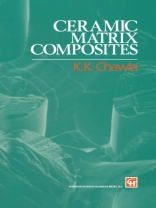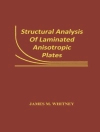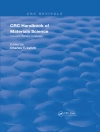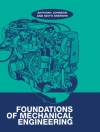Materials science and engineering (MS&E) is by its very nature an inter- disciplinary activity. Researchers from a wide variety of disciplines, metal- lurgy, ceramics, physics, chemistry, mechanics, electrical and electronic engineering, etc. can and do participate in the MS&E activities. The need and desirability of such an interdisciplinary effort is understandable inas- much as advanced or high-performance materials are critical for any of the modern industries. It is almost a given axiom that progress in any field (energy, building materials, transportation, electronics, aerospace, electric power, consumer products, etc.) depends on the availability of suitable In this regard, let me quote from materials having specific characteristics. another work of mine: It is a truism that technological development depends on advances in the field of materials. One does not have to be an expert to realize that a most advanced turbine or aircraft design is of no use if adequate materials to bear the service loads and conditions are not available. Whatever the field may be, the final limitation on advancement depends on materials [1]. It is pertinent to quote from some other sources about a fundamental change that is occurring in the materials field: A fundamental reversal in the relationship between human beings and materials [has occurred]. Its economic consequences are likely to be profound. Historically humans have adapted such natural materials as stone, wood, clay, vegetable fiber and animal tissue to economic uses.
Krishan K. Chawla
Ceramic Matrix Composites [PDF ebook]
Ceramic Matrix Composites [PDF ebook]
Buy this ebook and get 1 more FREE!
Language English ● Format PDF ● ISBN 9781475722161 ● Publisher Springer US ● Published 2013 ● Downloadable 3 times ● Currency EUR ● ID 4731372 ● Copy protection Adobe DRM
Requires a DRM capable ebook reader












